As part of a series exploring the Okinawan diet, I’m going to answer a few questions a reader sent me.
Andrew writes:
Hi, my friend showed me this article it was very pleasing to read!
About the Okinawan diet, I’m Japanese, but never been to Okinawa planning to go next year, do the Okinawans really eat 70% of their diet as sweet potatoes? All the information on the Okinawan diet online says that, which would mean they eat it every meal, instead of rice?
Just curious, how much fish do they eat (daily or weekly)? And do they eat other sources of protein?
My response:
I had read plenty about the Okinawan diet before moving to the island & had my idea of what the Okinawan diet looked like.
Some things came as a surprise (they actually don’t eat as many sweet potatoes as people think, I’ll explain more later), & some things were as expected (they eat a lot of vegetables, nearly all local).
I shop at my local Okinawan grocery stores, frequent the vegetable markets, as well as buy American goods at the base commissaries (military grocery stores that sell American brands of food & goods).
Check out the gogi berries–not a health food here, just food food.
We eat out a few times a month, trying the local fare. My 5 year old daughter goes to a Japanese kindergarten & 4 days out of 5 eats lunch there (I talk more about that experience in this post).
Daikon, cabbage, cucumbers, & goya (bitter melon) are staple vegetables in Japan, particularly Okinawa.
I have a Japanese friend who has taught me a little about how they eat & what they eat.
An open air street market, in Narita, Japan (on the mainland, near Tokyo).
The streets of Narita, Japan.
I also live along the sea wall & go running or walking there nearly every day & see the Japanese locals fish there.
Based on this, I give my subjective observations. I realize I’m just an American living in Okinawa, not an expert by any means. But based on my experience here thus far, here’s my take on it.
About sweet potatoes vs. rice
First it is important to understand that the Okinawan diet is as much practical as it is anything else.
They live on an island & have easy access to sea food–not just marine life like fish, squid, & eel, but all sorts of sea weed too. Their diet is influenced heavily by mainland Japan (think miso soup, rice, tofu, soba noodles) as well as inspired by some traditional Chinese foods like ramen noodles (which is a more recent influence). They grow nearly all of the produce they eat, with the exception of most fruit like apples, strawberries, & grapes.
Reading about the Okinawan diet online gives the impression that Okinawans don’t really eat rice. It is true that they eat a lot of sweet potatoes (& there are many varieties here) & squash (like kobacha & other varieties that we don’t have names for in English), but don’t be decieved–they eat A LOT OF RICE.
And when I say a lot, realize that their portion sizes are very small by American standards.
Here’s an example of what I mean:
Variety of things, very small portions, & presentation is everything. That pretty much sums up the Japanese approach to food. Rice is always a part of that equation, though the portion size is usually about 2/3 of a cup with each meal, sometimes a bit more, depending on the dish.
The above menu is from a restaurant in Tokyo so what people eat in their homes is likely a lot less elaborate, but the template remains the same. The Japanese influence on portion size & presentation is very much felt in Okinawa.
Large bags of rice are always a prominent part of any grocery store or vegetable market in Okinawa.
There are many varieties of rice that they eat here, but the most popular is what we call sushi, or “California” rice.
I do find brown rice in some of the markets, but it seems to be a niche item, & I rarely ever see it served in restaurants.
A small bowl of rice or one or two onigiri (rice balls sometimes wrapped in seaweed), along with a small cup of miso soup are staples of the Japanese, & yes, from what I can tell, the Okinawan diet. My daughter eats rice or noodles every day at her school. She rarely eats sweet potatoes, but always eats rice.
There is a reason why Okinawans eat rice, along with most Asian cultures–it’s cheap food!
Food here is expensive (the kind of government subsidies that exist in the states I don’t believe exist here), sweet potatoes not excepting (costs about 95 yen, or $1 for a small/medium sweet potato). A big bag of rice that can feed a family for a month costs less than $20.
I do buy the argument that Okinawans eat more sweet potatoes than mainland Japan, but I don’t think it’s accurate to say that it makes up 70% of their diet. I think it’s more accurate to say they eat rice with every meal, & eat sweet potatoes as part of many of their meals.
How much protein do they eat?
In regards to protein, they actually seem to eat a lot of seafood–they are far from vegan!
But, animal foods don’t make up the base of their diet. Their diet is mostly plant based & animal foods act as more of a garnish or condiment.
They eat very little cows, pigs, or chickens–these animal foods are costly. They eat fishes, in all their varieties, crabs, lobsters, as well as a variety of other sea life like squids, eels, & fish eggs, though these foods are more delicacies, than staple items as they are expensive.
Land animal foods require a lot of land space & money. Okinawans eat foods that are economical & that they have access to–namely all sorts of sea animals & sea plants, like seaweed.
The way that they eat meat is very, very different from Americans.
It tends to be a small portion, often used as a garnish. I have often ordered salads where after I take a few bites I realize there is about a tablespoon of fish meat in it. (In case your wondering, I still eat it–not my favorite flavor & yes, I am a plant based vegetarian, but I’m not going to waste a salad!)
Notice the portion sizes here:
This is an “American” meal. In other words, this is the Japanese version of what they think Americans eat.
(Three whole french fries!!)
They also seem to eat a lot of eggs.
The eggs here are local & un-refrigerated, which means they are fresh, unlike most of the eggs you’ll find in a traditional grocery store in the states that are months old.
Since being on the island I have included some of these local eggs in an occasional meal (yes, I realize that means I’m not 100% vegan, but that’s okay). The eggs here have bright yellow yokes & come in variety of sizes & are often brown.
Tofu is also an important source of protein & you can buy it fresh at many vegetable stands. One of my favorite types of tofu here is an aged, cubed tofu that has an amazing flavor & texture. Another type of tofu is Okinawan aged tofu which is thick & dense & has a cheese-like flavor & consistency.
Other than soybeans & bean sprouts, they don’t really eat legumes.
They sometimes eat red/adzuki beans, but more often than not it’s a paste that they put into desserts, like mochi. One of my favorite desserts here is vegan & gluten free–red bean paste filled mochi, which is made with sweet rice flour & red bean paste.
Below is a picture of mochi for sale at a convenience store, for only 130 yen–about $1.25 in USD.
Bottom line: they eat sweet potatoes, but probably not as much as is made out to be; rice is a staple of their diet; & their main sources of animal protein come from the sea as well as from eggs.
♥
And here is the reason why I haven’t been blogging much of late:
We spend several days a week at the beach & when we’re not at the beach, we’re at the pool, library, or at play dates.
I’ve also made a few trips to the mainland in the past few months, including twice to Tokyo (& going again this week to pick up my boys are returning from a trip to the states).
Last time I was in Tokyo we visited a few shrines.
Always beautiful, & very peaceful.
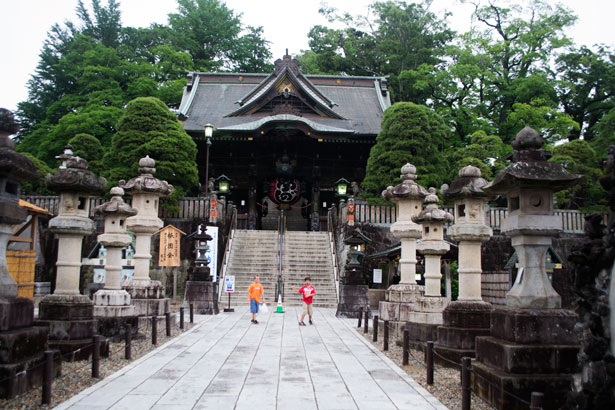
Hope your summer (for all my northern hemisphere readers) is going swimmingly, & hope to be back to more regular posting once school begins again!
♥
Other bring joy posts you might want to check out:
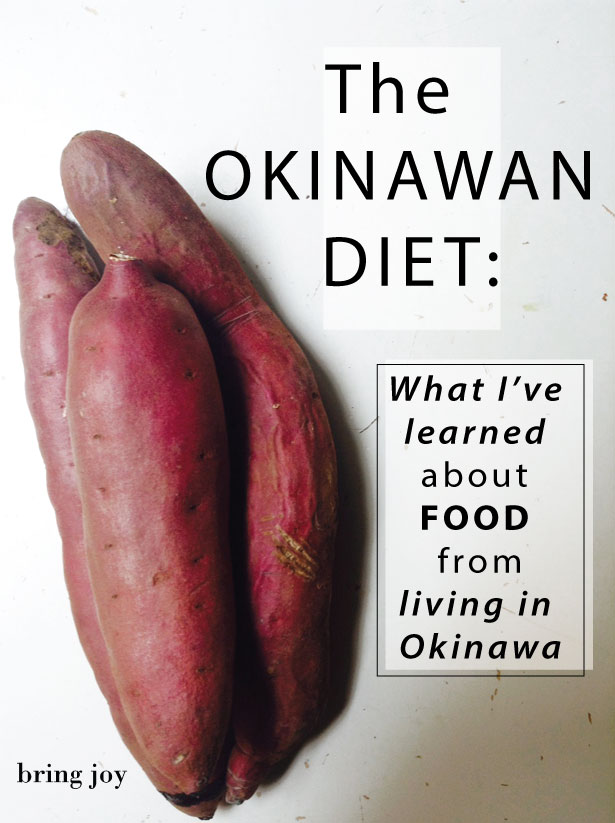
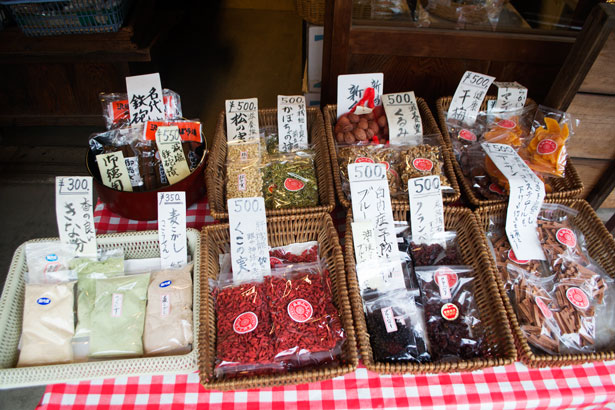
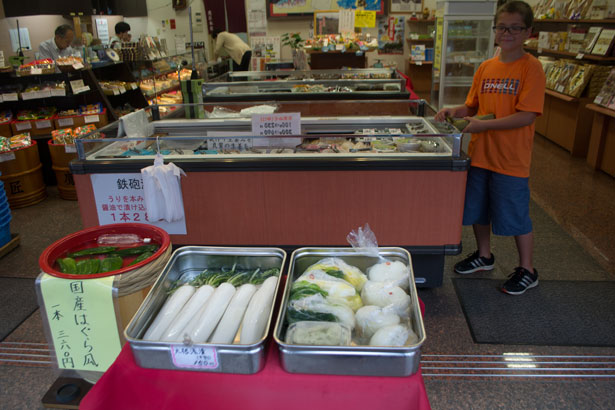
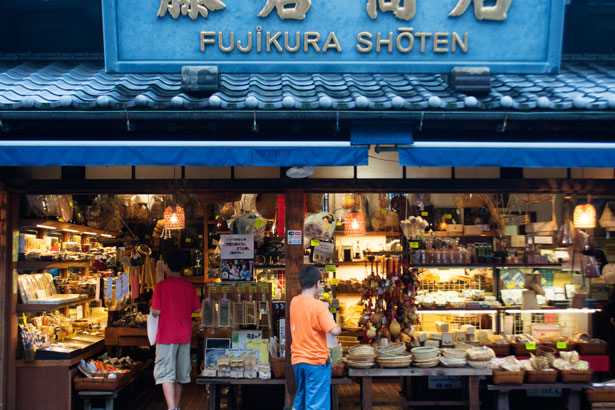
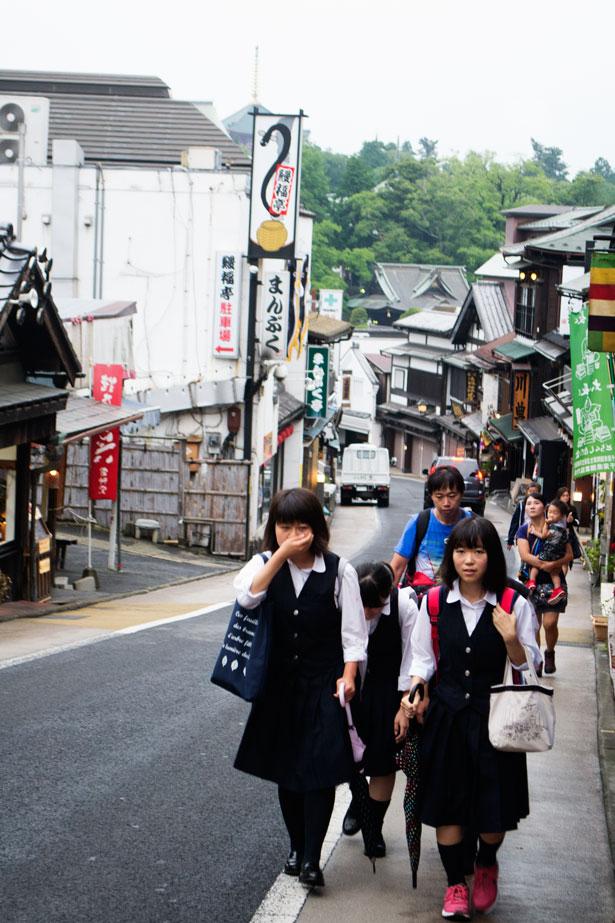
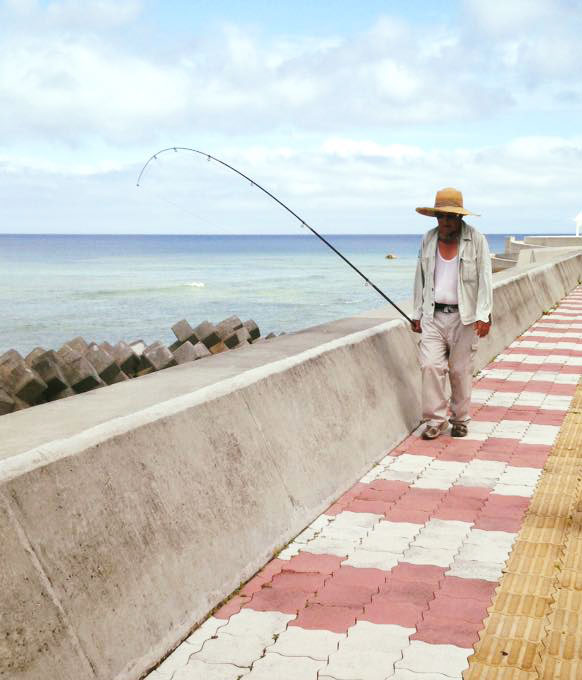


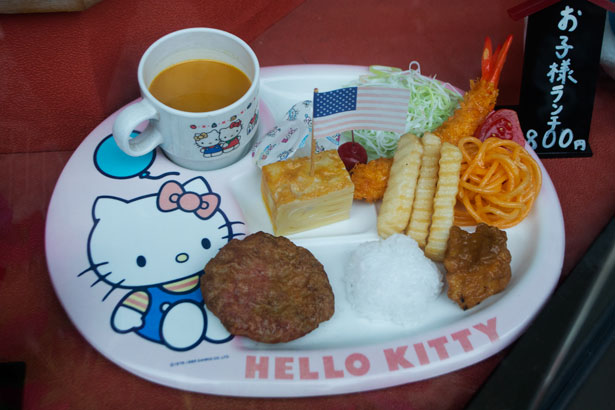
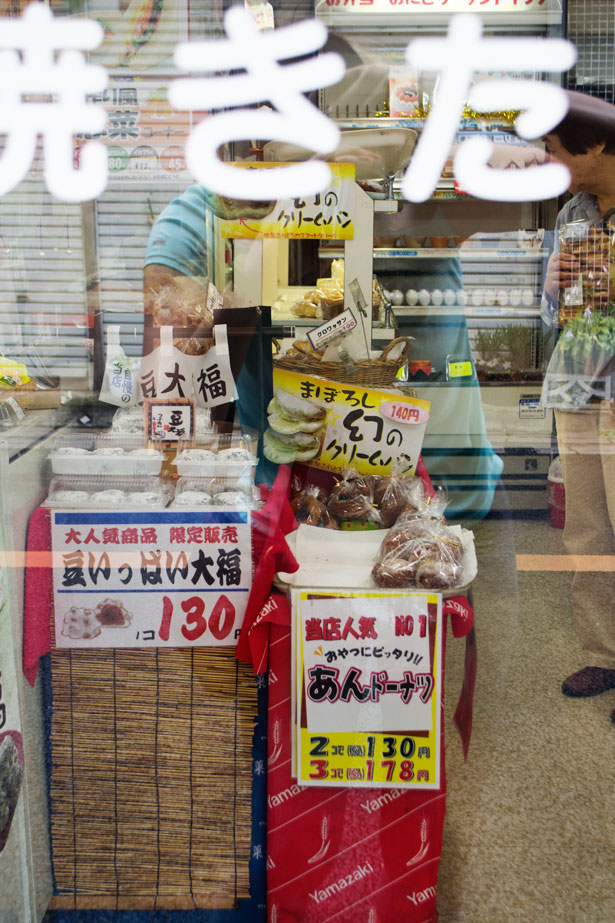

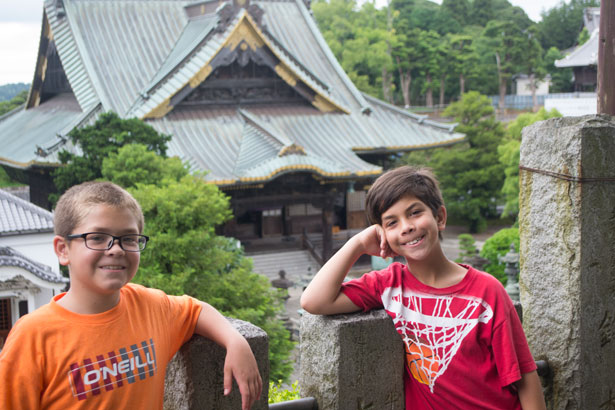



Comments